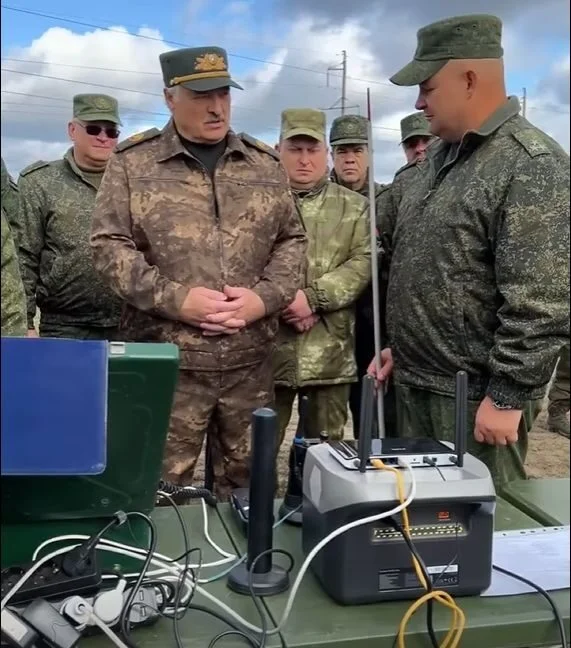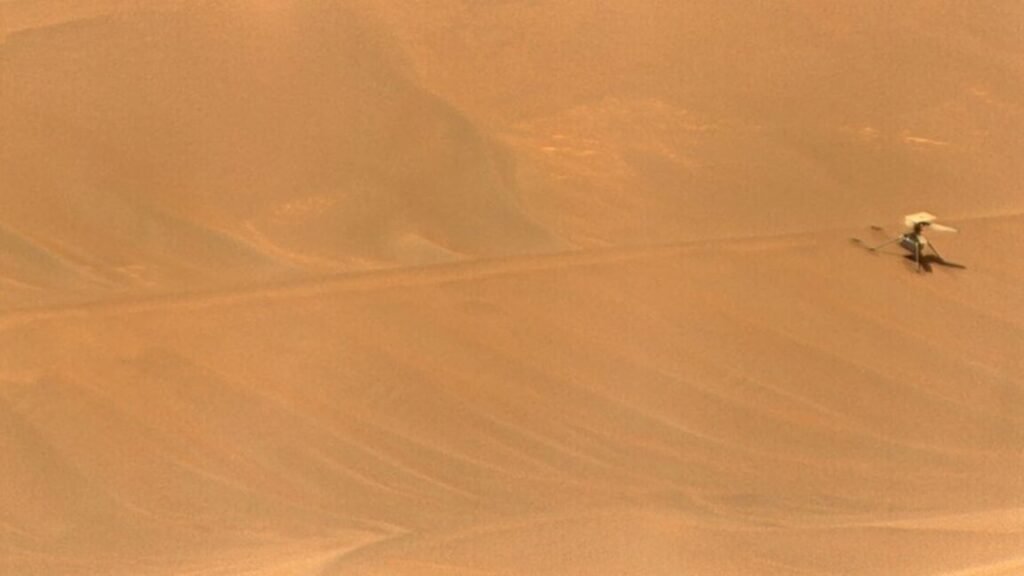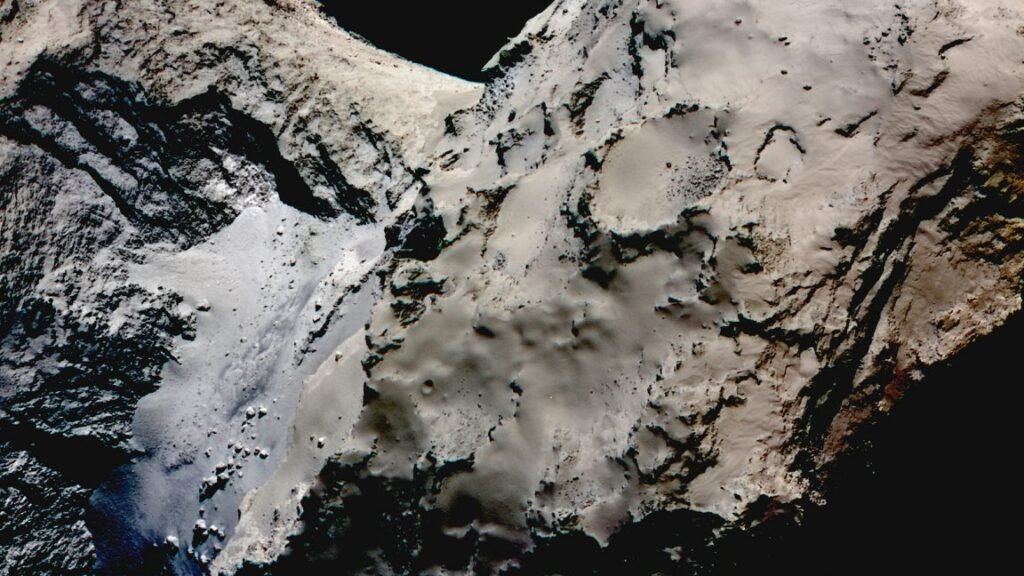The astronauts who rode Boeing’s Starliner spacecraft to the International Space Station last month still don’t know when they will return to Earth.
Astronauts Butch Wilmore and Suni Williams have been in space for 51 days, six weeks longer than originally planned, as engineers on the groundwork through problems with Starliner’s propulsion system.
The problems are twofold. The spacecraft’s reaction control thrusters overheated, and some of them shut off as Starliner approached the space station June 6. A separate, although perhaps related, problem involves helium leaks in the craft’s propulsion system.
On Thursday, NASA and Boeing managers said they still plan to bring Wilmore and Williams home on the Starliner spacecraft. In the last few weeks, ground teams completed testing of a thruster on a test stand at White Sands, New Mexico. This weekend, Boeing and NASA plan to fire the spacecraft’s thrusters in orbit to check their performance while docked at the space station.
“I think we’re starting to close in on those final pieces of flight rationale to make sure that we can come home safely, and that’s our primary focus right now,” Stich said.
The problems have led to speculation that NASA might decide to return Wilmore and Williams to Earth in a SpaceX Crew Dragon spacecraft. There’s one Crew Dragon currently docked at the station, and another one is slated to launch with a fresh crew next month. Steve Stich, manager of NASA’s commercial crew program, said the agency has looked at backup plans to bring the Starliner crew home on a SpaceX capsule, but the main focus is still to have the astronauts fly home aboard Starliner.
“Our prime option is to complete the mission,” Stich said. “There are a lot of good reasons to complete this mission and bring Butch and Suni home on Starliner. Starliner was designed, as a spacecraft, to have the crew in the cockpit.”
Starliner launched from Cape Canaveral Space Force Station in Florida on June 5. Wilmore and Williams are the first astronauts to fly into space on Boeing’s commercial crew capsule, and this test flight is intended to pave the way for future operational flights to rotate crews of four to and from the International Space Station.




